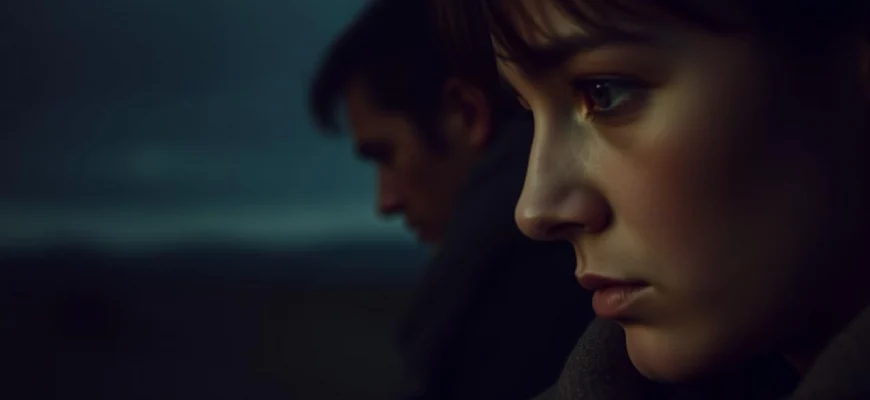If you were captivated by the haunting and emotional depth of 'The Skin of Sorrow' (2010), you're likely searching for more films or shows that evoke similar feelings of melancholy, introspection, and raw human emotion. This article curates a list of 10 movies and TV series that share the same atmospheric storytelling, complex characters, and poignant themes. Whether you're drawn to psychological dramas, dark fairy tales, or deeply personal narratives, this guide will help you discover your next favorite watch.
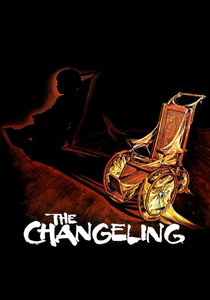
The Changeling (1980)
Description: 'The Changeling' and 'The Skin of Sorrow' both belong to the classic haunted house genre, emphasizing atmosphere and psychological horror over gore. They share themes of grief, the supernatural, and the search for truth in the face of inexplicable events. The films also feature protagonists who are drawn into mysteries beyond their understanding.
Fact: 'The Changeling' is considered one of the best horror films of the 1980s. The film was shot in Vancouver, Canada, and features the historic Hatley Castle. It won several Genie Awards, including Best Canadian Film.
 Watch Now
Watch Now 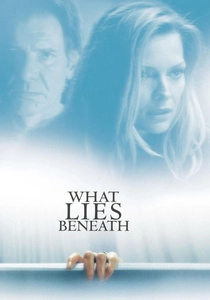
What Lies Beneath (2000)
Description: Similar to 'The Skin of Sorrow', 'What Lies Beneath' is a supernatural thriller that explores themes of betrayal, revenge, and the unseen forces that haunt the living. Both films feature strong female leads grappling with eerie occurrences in their homes, and both use water as a symbolic element.
Fact: The film was directed by Robert Zemeckis, known for his work on 'Back to the Future'. Michelle Pfeiffer and Harrison Ford star as the married couple at the center of the story. The movie's plot was inspired by Alfred Hitchcock's style of suspense.
 Watch Now
Watch Now 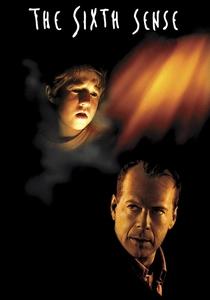
The Sixth Sense (1999)
Description: Both 'The Sixth Sense' and 'The Skin of Sorrow' revolve around characters who can see or interact with the dead, blending horror with emotional drama. The films share a melancholic tone and a twist ending that recontextualizes the entire story. The use of subtle, eerie visuals is also a shared trait.
Fact: M. Night Shyamalan wrote the script in part as a study of child psychology. The film was a massive box office success, earning over $670 million worldwide. Bruce Willis agreed to a lower salary in exchange for a percentage of the profits, which paid off handsomely.
 Watch Now
Watch Now 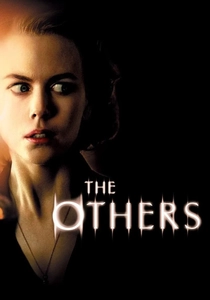
The Others (2001)
Description: Similar to 'The Skin of Sorrow' (2010), 'The Others' is a psychological horror film that relies on atmosphere and suspense rather than jump scares. Both films explore themes of isolation, grief, and the supernatural, with a strong focus on the emotional and psychological states of their protagonists. The gothic setting and slow-burning tension are also key similarities.
Fact: 'The Others' was directed by Alejandro Amenábar, who also composed the film's score. Nicole Kidman's performance in the film is often cited as one of her best. The film was shot entirely in Spain, despite its English setting.
 Watch Now
Watch Now 
The Devil's Backbone (2001)
Description: This Guillermo del Toro film shares with 'The Skin of Sorrow' a focus on ghostly apparitions and the lingering effects of trauma. Both films are set in isolated locations and use the supernatural to explore deeper human emotions and historical wounds. The visual style, combining beauty with horror, is another commonality.
Fact: 'The Devil's Backbone' is often considered a precursor to del Toro's 'Pan's Labyrinth'. The film is set during the Spanish Civil War, adding a layer of historical depth. The ghostly character Santi is one of the most memorable in horror cinema.
 Watch Now
Watch Now 
The Orphanage (2007)
Description: Like 'The Skin of Sorrow', 'The Orphanage' is a Spanish-language horror film that blends supernatural elements with deep emotional storytelling. Both films deal with themes of loss, maternal love, and the haunting presence of the past. The atmospheric tension and eerie visuals are also shared traits.
Fact: Produced by Guillermo del Toro, 'The Orphanage' was directed by J.A. Bayona in his feature debut. The film won seven Goya Awards, including Best New Director. The story was inspired by a real-life orphanage in Barcelona.
 Watch Now
Watch Now 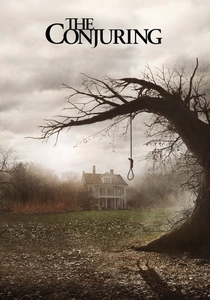
The Conjuring (2013)
Description: Like 'The Skin of Sorrow', 'The Conjuring' is a supernatural horror film based on real-life events, blending scares with emotional depth. Both films explore the idea of a haunted home and the family's struggle against malevolent forces. The use of practical effects and a strong sense of atmosphere are also shared traits.
Fact: Directed by James Wan, 'The Conjuring' launched a successful horror franchise. The film is based on the case files of paranormal investigators Ed and Lorraine Warren. It was praised for its old-school horror techniques and lack of CGI.
 Watch Now
Watch Now 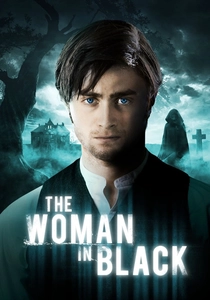
The Woman in Black (2012)
Description: Both 'The Woman in Black' and 'The Skin of Sorrow' are gothic horror films that focus on vengeful spirits and the emotional toll they take on the living. The films share a somber tone, eerie settings, and a sense of dread that builds gradually. The protagonists in both films are also outsiders uncovering dark secrets.
Fact: Daniel Radcliffe stars in the film, marking his first major role post-'Harry Potter'. The movie is based on a 1983 novel by Susan Hill. The film's production design meticulously recreated the Edwardian era.
 Watch Now
Watch Now 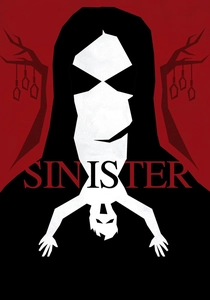
Sinister (2012)
Description: 'Sinister' and 'The Skin of Sorrow' both delve into the horror of uncovering dark secrets, with a focus on the psychological unraveling of the protagonist. Both films use found footage elements and a pervasive sense of dread. The themes of family tragedy and supernatural evil are also central to both stories.
Fact: Ethan Hawke stars as a true-crime writer who discovers terrifying home movies. The film's creepy score was composed by Christopher Young. 'Sinister' was inspired by a nightmare experienced by the screenwriter.
 Watch Now
Watch Now 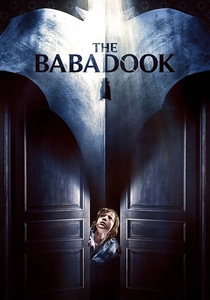
The Babadook (2014)
Description: Both 'The Babadook' and 'The Skin of Sorrow' use horror as a metaphor for grief and mental anguish. The films feature single parents struggling with loss and the supernatural manifestations of their pain. The atmospheric tension and emotional depth are key similarities.
Fact: 'The Babadook' was the feature debut of director Jennifer Kent. The film's monster was inspired by German Expressionist cinema. It has been interpreted as an allegory for depression and unresolved trauma.
 Watch Now
Watch Now 
